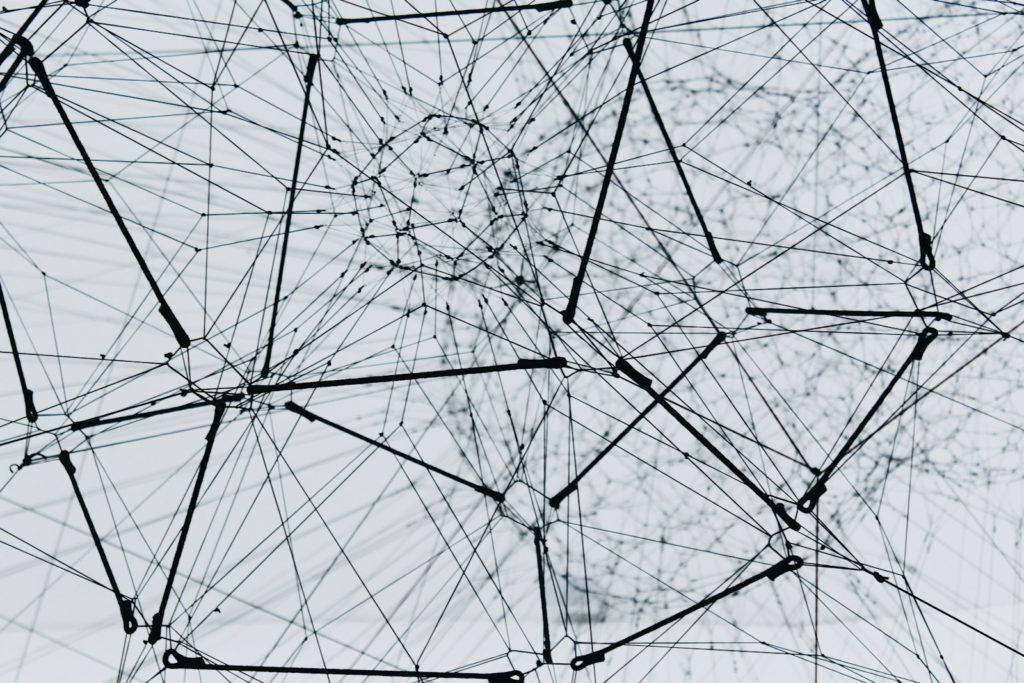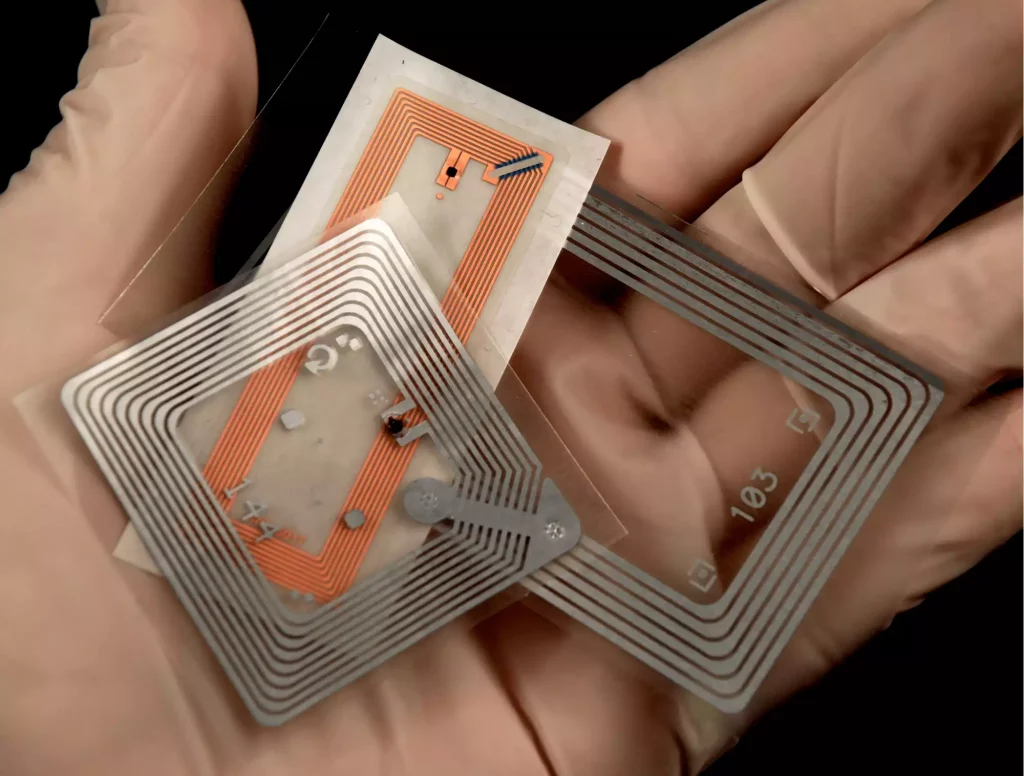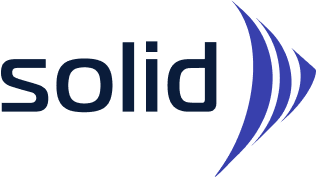Whether it's to boost productivity, minimize stock discrepancies or find out where your products are without delay, RFID geolocation has become a real hit.
And the timing is perfect: there's a wide range of technologies to suit every budget and need. How do they work? In what fields are they used? And how do you choose the best geolocation system, depending on price and accuracy?
Let's dive into this world of technology, which more than lives up to its promise.
Focus on RFID geolocation
How radio identification works
The operating principle of RFID, otherwise known as radio frequency-identification, relies on radio waves to transmit information. In concrete terms, such a system consists of two elements:
- A passive RFID tag. It takes the form of a chip to which an antenna is attached. This receiver is attached to the item to be tracked, whether it's furniture, samples, the sides of a pallet, the label on a garment or the packaging of a parcel, for example.
- An RFID reader, transmitting requests and receiving data by means of electromagnetic waves.
Of course, if these two elements form the core of RFID communication, you still need to be able to exploit the information collected. In the enterprise, a data management system is there to synthesize the data and transcribe it legibly into your files, so that it can be integrated into your processes.
By linking RFID technology to your ERP, WMS or LIMS, for example, stock adjustments can be made instantly! In addition to saving time, this is also an innovative way of optimizing your processes and anticipating product shortages.
The benefits of an RFID solution
Traditional identification systems include barcodes and the more recent QR codes. Although they are inexpensive and widespread, they do have their limitations for industry and professionals. They don't allow precise geolocation of your product's location. In this respect RFID geolocation geolocation technology is far more powerful. Unlike manually scannable systems, it allows you to locate each item in real time, even without seeing it, as soon as it comes within range of the reader.
The time savings inherent in such a solution are phenomenal, since everything is digitized. All you have to do is send a query to find out where the item you're looking for is located, saving you many minutes of searching through your premises. It's ingenious both for your brand image and your industrial efficiency, not to mention the possibilities offered in terms of automation and compliance with any standards you may be required to meet.
RFID geolocation solutions
We can differentiate between active RFID tags and passive RFID tags. Passive tags are the most widespread and least expensive. Contrary to popular belief, they don't provide real-time geolocation on their own. You'll need to set up different infrastructures depending on your needs for precision.
In order for the information stored in passive RFID tags to be read and processed, they need to be within range of a reader. Various systems are available for this purpose.
Geolocation via RFID portals: a must for warehouses and factories
RFID portal geolocation is a strategic system for tracking your products throughout your supply chain. This is because it automatically detects all chips passing underneath it. The principle is simple: whether you work in a factory, a warehouse or a laboratory, the idea is to install gantries equipped withRFID antennas at every stage you want to track. As soon as a tagged part is scanned, the information is automatically fed back into your inventory management software.
It's an ingenious system that won't let any product slip under the radar. Even if a pallet, including several hundred chips, were to pass under your gantry, the reading would be instantaneous.
This method enables you to track the exact location of your product throughout your production chain, in real time. So you can optimize your processes, limit losses and gain operational efficiency.
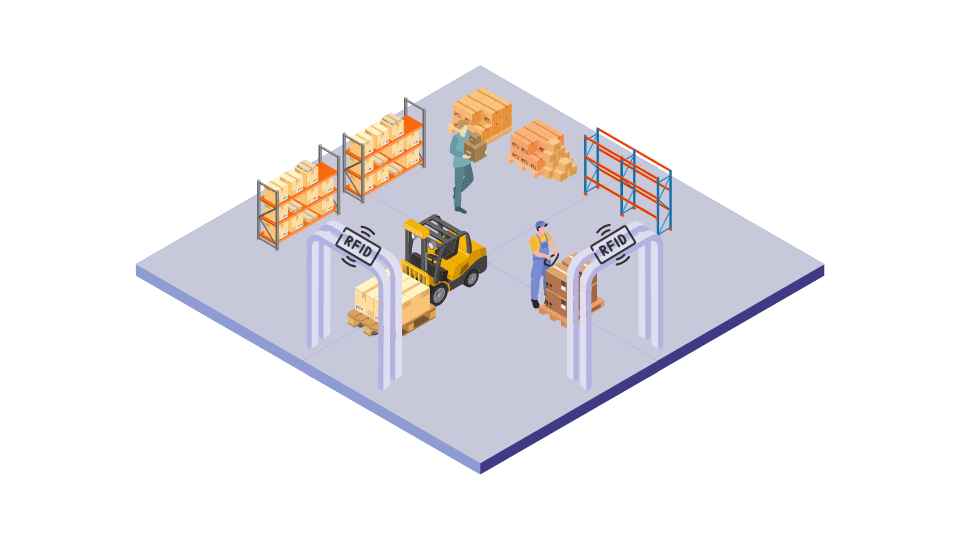
Geolocation via RFID wall antennas: especially in hospitals
If you simply want to locate your items, without the need to track them throughout your supply chain, RFID antennas can also be considered. More discreet than gantries, they can be installed at the entrance/exit of a cold store, a room, a meeting room, etc. As a result, as soon as a product passes near this antenna, it will be detected and fed back into your system. This way, you'll have a clear view of your product's last location, and you can define the zone in which it is located.
The range of these antennas varies according to the environment you're in, the size of the chip, the preset settings and many other factors to be taken into account.
This method can give you real-time visibility of your incoming and outgoing flows. But it can also be used to check whether a part remains in the right place. For example, an audible signal can be emitted by the antenna if it leaves the room without authorization.
This RFID antenna-based tracking system is widely used in hospitals for their equipment, to manage archive documents or track works of art.
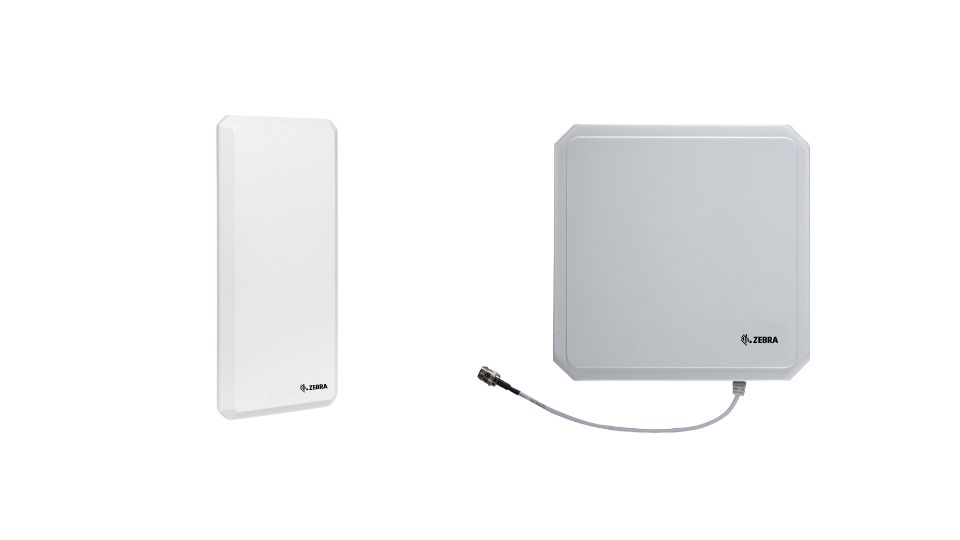
Geolocation via NFC: the example of samples
NFC geolocation, or Near-Field Communication, also enables objects to be tracked in real time. It requires the use of NFC RFID chips and NFC antennas. Here, communications take place over very short distances, no more than a dozen centimeters, which is also a guarantee of security for your products.
This method can be used to geolocate samples in fridges or bottles in cabinets, for example. The shelves in your current cabinets will be replaced by smart shelves equipped with NFC antennas. Each sample will be fitted with a chip, and as soon as a sample is placed on the shelf, the information will be automatically transmitted to the system. You'll be able to see in real time where your samples are in your cabinets.
Detection is fast and accurate, and if relevant in your case, variations in liquid quantities are also taken into account. This system also enables you to carry out inventories or mass transfers between two fridges using a mobile mobile RFID reader.
It's a major asset in the pharmaceutical and hospital sectors, preventing stock-outs while showing you where your products are - a significant productivity boost!
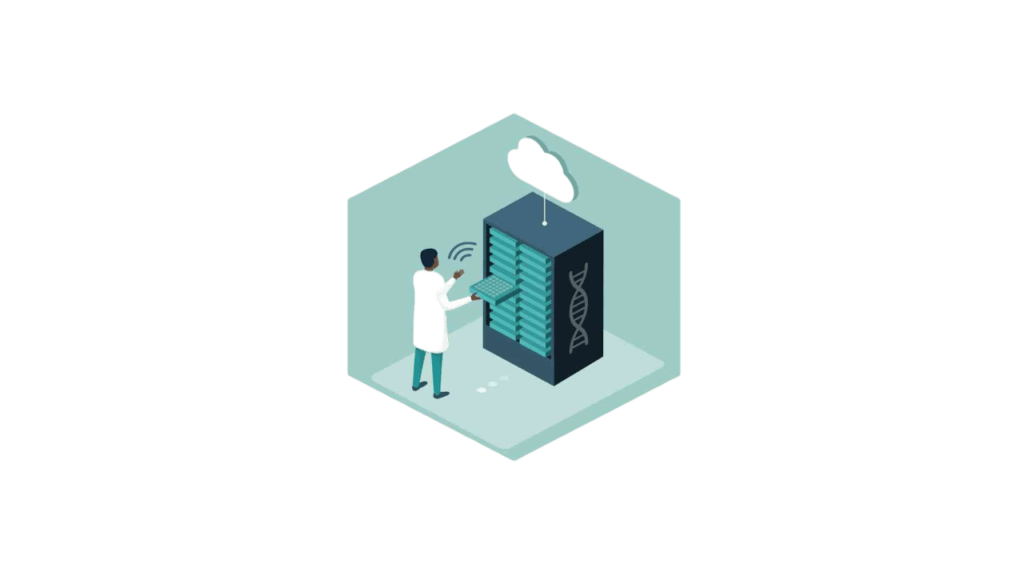
SolSpot: Geolocate your products
Why opt for RFID-based geolocation in the workplace?
As we've already mentioned, an RFID geolocation system uses chips to track the location of people or products you wish to trace. It can therefore be used in a wide variety of settings, from production lines to hospitals and the luxury goods industry.
Here are a few examples of applications.
RFID localization in industry
Whether you own a production plant, warehouses or supervise logistics circuits, investing in RFID will enable you to :
- Realize your inventories in record time.
- Comply with traceability requirements, particularly in the pharmaceutical sector.
- Automate certain repetitive tasks in your processes, such as inbound and outbound warehousing.
- Optimize your inventory and supply chain management.
- Reduce your product search time...
At a time when factories are managing ever-increasing volumes of products, while responding to major competitive and regulatory challenges, RFID geolocation is an invaluable ally.
RFID in the healthcare sector
The pharmaceutical and hospital sectors are also major users of RFID chips, in particular for :
- Visit equipment trackingThis is a time-saving tool for nursing staff.
- Traceability of medical records.
- Patient location, especially in hospitals and retirement homes.
- Geolocation of samples in refrigerators.
The benefits of radio identification in the luxury sector
The world of luxury involves handling exceptional objects, which need to be secure and easy to locate. Likewise, proving their value and origin can quickly become essential, hence the use of RFID, which makes it possible to :
- Securing items displayed in luxury boutiques or presented at events...
- Component management during production stages.
- Location and optimization of component/finished product inventories.
Of course, a whole range of other sectors may require the use of RFID chips. From the tracking of livestock to the location of your four-legged pets, not to mention event wristbands for access control, the possibilities are endless!
Other real-time location systems (RTLS)
The geolocation systems mentioned so far are based on passive RFID chips. In other words, they don't send information, but are only read, and have no batteries to recharge. But they're not the only ones that can be used! In fact, there are a multitude of different RTLS technologies, including active chips that operate remotely.
Here are just 5 of the most popular solutions.
1. BLE, or Bluetooth Low Energy
As their acronym suggests, BLE localization systems are based on Bluetooth communication, which implies low energy consumption - almost 10 times less than conventional Bluetooth. Unlike passive RFID chips, BLE BLE chips are equipped with a small battery. They are inexpensive, capable of reading a beacon several dozen meters away, easy to implement and boast long autonomy (several years). This makes them ideal allies in warehouses.
Similarly, the use of such equipment implies Bluetooth compatibility between all components, which is important to take into account. To make the right choice, you need to consider your precise needs!
2. Wi-Fi geolocation
With its long range, Wi-Fi geolocation is ideal if you want to know the location of objects that may be moving in large spaces. However, it should be noted that this technology is fairly prone to interference, and its power consumption is higher than that of BLE.
On the other hand, accuracy varies according to the location of the access points. At best, it will be of the order ofone meter, but can also be much greater.
3. UWB, or Ultra Wide Band
UWB, or Ultra Wide Band, is a radio transmission system based on a very wide frequency band. By combining it with low transmission intensity, the aim is to reduce the risk of interference, while offering a range of almost 200 meters and centimeter-level accuracy. In this respect, it is far more advanced than BLE or Wi-Fi, and consumes very little energy.
4. LoRa, or Long Range, technology
LoRa technology is effective up to fifteen kilometers, while consuming very little energy. Relying on triangulation to determine the position of the chips, it offers precision of the order of tens or even hundreds of meters.
As you can imagine, it will be much better suited to tracking vehicles outdoors than to tracking samples!
5. Zebra's WhereNet geolocation system
The WhereNetgeolocation system, created by Zebra, also works over large areas. With a range of around 1,500 meters, you can cover your entire premises. The transponders in the WhereTags range are active RFID chips, suitable for both indoor and outdoor use.
WhereLAN detectors, on the other hand, are accurate to the nearest metre.
Which geolocation technology is right for you?
As you've seen throughout this article, RTLS technologies are extremely vast, and require in-depth study of your needs in order to make the best choices.
In fact, there are several parameters to take into account when selecting your RFID geolocation system. The four main ones are :
The environment
The environment in which you plan to implement the solution. In a warehouse, a hospital, a factory or a small shop, the constraints in terms of infrastructure will not be the same.
Communication distance
The estimated communication distance. While NFC chips require very short communication ranges, Wi-Fi and BLE allow for a significantly longer range. Of course, if you are considering the latter option, then the issue of security and interference must be considered.
Location accuracy
RFID location accuracy. Whether you want to know the exact position of your objects, or know approximately where they are located, the technology to choose will not be the same. With NFC and BLE, the accuracy will be optimal, while the location via RFID antenna will be much more approximate.
The budget
The budget you have. The price will not be the same if you want to equip all your pallets with passive chips or BLE beacons. In this context, it should be noted that passive RFID models are the most economical. So remember to define what is in your ropes, to avoid unpleasant surprises!
As you can see, RFID geolocation is one of the best solutions for identifying objects and people. Thanks to these innovative chips, you can not only save time searching for objects, but also optimize your supply chain and processes to boost your competitiveness. However, not all systems are created equal, depending on your specific requirements. So don't hesitate to ask us for advice! Our experts will be delighted to help you deploy the best technology on your premises.
